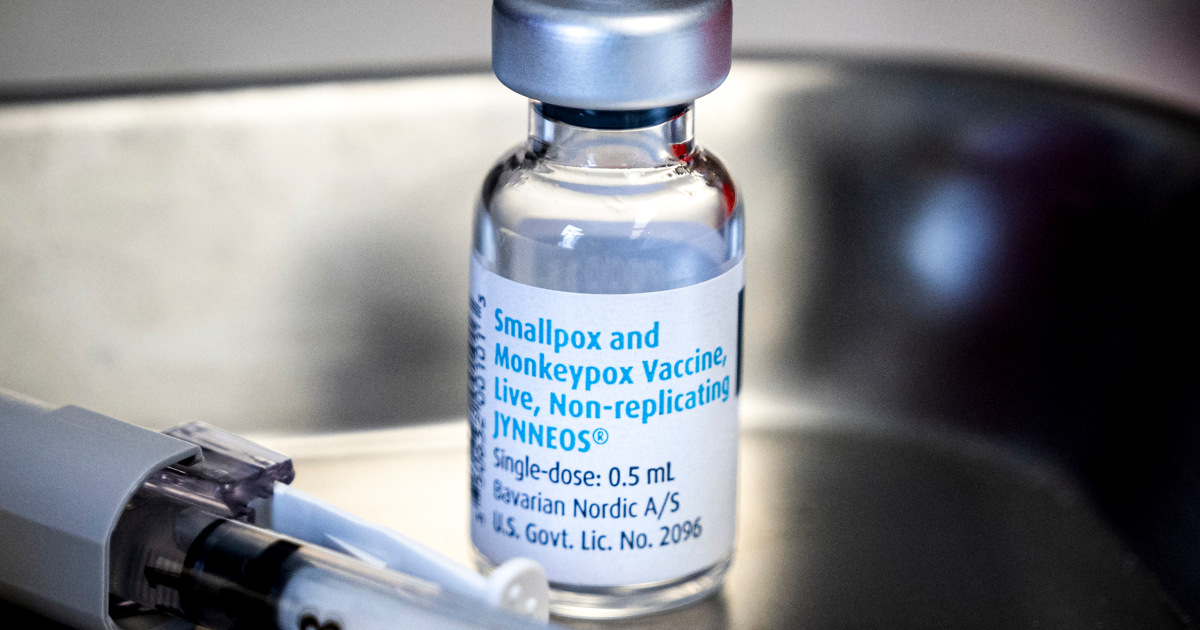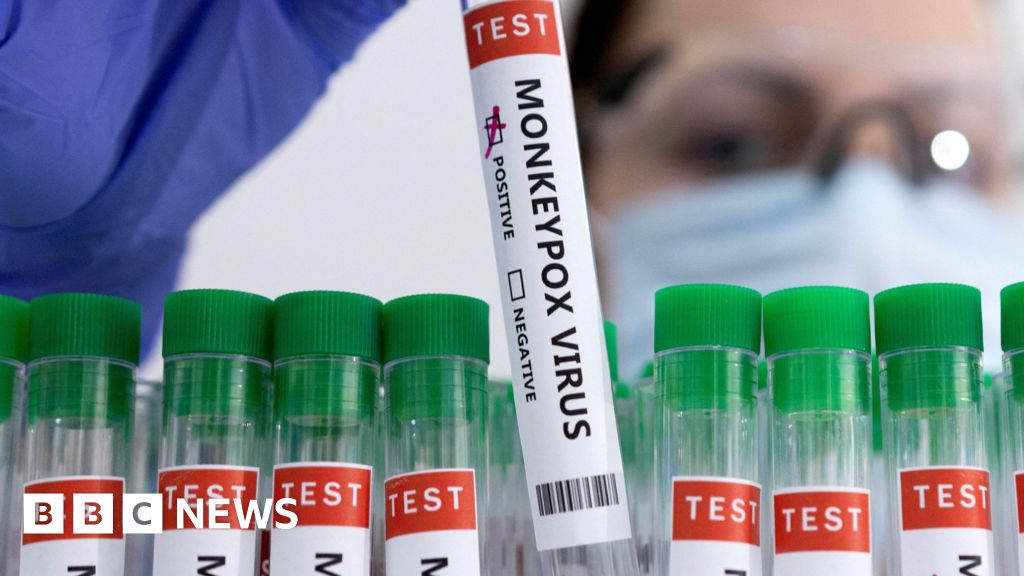
A dangerous new strain of mpox, known as Clade 1b, has emerged in the Democratic Republic of Congo (DRC), causing significant concern among health officials and scientists. This strain shows particularly severe symptoms and higher mortality rates compared to previous strains. According to reports from various sources, approximately 8,600 cases of mpox have been reported in Congo this year, resulting in 410 deaths. The outbreak is the worst mpox epidemic yet with 24 of its provinces affected.
The new strain has a fatality rate of around 5% in adults and 10% in children, significantly higher than the less severe Clade IIb strain that spread globally in 2022. Leandre Murhula Masirika reported that around 20 new cases are being admitted to hospitals each week in the mining town of Kamituga, South Kivu province. The World Health Organization (WHO) has highlighted the lack of available vaccines and treatments in Congo as a major obstacle in controlling the outbreak.
Mpox is a viral infection that spreads through close contact and causes flu-like symptoms and pus-filled lesions. It primarily affects monkeys but can also infect humans. The virus has been endemic in Congo for decades, with clade I mpox being the most common strain.
The new Clade 1b strain is spreading partly by sexual contact among men and women, particularly among sex workers. However, it's important to note that this strain can also spread through other forms of close contact. Evidence of transmission at schools and from caregiver to child has been observed.
The WHO has urged for immediate action to address the surge in mpox cases in Africa, emphasizing the importance of vaccines and treatments in controlling the outbreak. The organization is working with partners to ensure that these resources are made available as soon as possible.
It's crucial to remain vigilant about this new strain and its potential impact on public health. Further research is needed to fully understand its transmission dynamics, severity, and potential for international spread.




